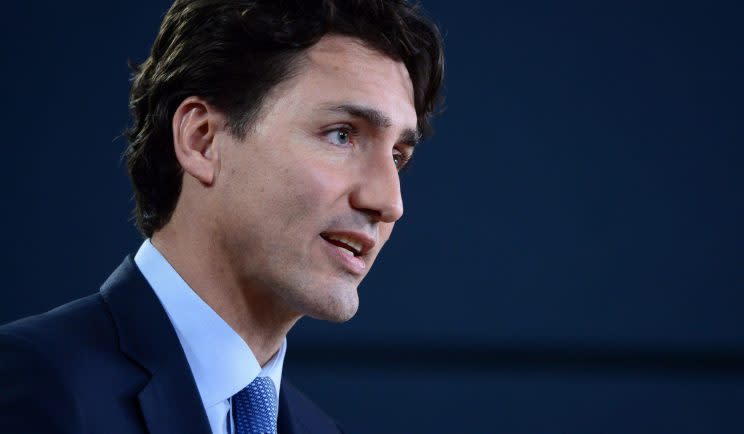We asked experts one question about the Canadian economy in 2017

What’s the one economic policy that you would like to see Canada implement or change in 2017 and why?
Here’s what several experts had to say about the state of the economy going into the country’s 150th year, and how they would like to see Prime Minister Justin Trudeau guide the economy during his second year in office.
William B.P. Robson, president and CEO of the C.D. Howe Institute:
“Canadian fiscal policy needs to change course.
Taxes are too high already and deficit-financed spending threatens to push them higher. I do not expect a decisive policy change in 2017, but I do think the federal government needs to change the conversation.
High personal taxes drive talent away, and taxes on business are holding investment back.
If we want faster growth, we need a change and Canadians need to hear that from their leaders in 2017.”
Isaac Holloway, assistant professor of business, economics and public policy at Western University’s Ivey Business School:
“Given the uncertainty around North American trade in 2017, and slowing growth in China, I would like to see a renewed push next year for a Canadian trade agreement with India.
Talks for a Canada-India FTA have sputtered since 2010, mostly due to unwillingness on India’s part to unwind trade barriers to the degree Canada has negotiated with other partners.
There is a sense that our trade relationship is performing under potential, but how might we measure that? One way is to compare Canada’s exports to India to the amount predicted based on India’s economic size and distance from Canada. These variables explain patterns of trade flows remarkably well, a relationship known as the Gravity Model of Trade.
In the figure below, I plot the ratio of imports from Canada to the importer’s GDP for 170 trading partners, against the distance between Canada and the importing country. In addition to physical distance and economic size, other characteristics, such as a former colonial relationship or a common language, help to determine the magnitude of trade.
The figure demonstrates that India somewhat over-performs if we don’t take language into account, but slightly misses the benchmark when we do. It turns out, that if we control for a few more characteristics, Canada’s exports to India in 2015 were only about 75% of the predicted level. While other countries fare worse, India’s massive size means the “missing trade” in dollar terms (about one billion USD) is the sixth largest among the 170 trade partners, behind only large European countries — with which Canada has recently signed a comprehensive trade deal — and Russia. With the European deal in the books, let 2017 be the year of Canada and India.”

Charles Lammam, director of fiscal studies at the Fraser Institute, and Ben Eisen, director of prosperity studies at the Fraser Institute.
“Like many developed countries, Canada is struggling with sluggish economic growth. Sound economic policies can help set the foundation for stronger growth and, in particular, more competitive personal income taxes can give Canada the economic jolt in needs.
The impetus for reform is clear, as our personal income tax system is uncompetitive. In the province of Ontario, the top combined federal and provincial personal income tax rate is now 53.5 per cent.
By international standards, and using Ontario as our representative province, Canada has one of the highest top personal income tax rates in the industrialized world. In fact, Canada has the highest top tax rate among developed English-speaking countries.
This is a serious problem because high personal income tax rates discourage people from working hard, expanding their skills, investing and being entrepreneurial. High taxes also make it difficult for a jurisdiction to attract and retain highly skilled workers.
The federal government is currently engaged in a review of the tax code, with an eye on eliminating ineffective special tax preferences (tax credits, exemptions, and deductions). This is an opportunity to simplify and fundamentally reform a tax system that has grown overly complex since it was introduced 100 years ago.
By eliminating ineffective tax preferences, the government could dramatically reduce personal income tax rates and simplify the tax system, which would improve the incentives for Canadians to work, save, invest and be entrepreneurial — all things that help propel the economy forward.”

 Yahoo Finance
Yahoo Finance 
